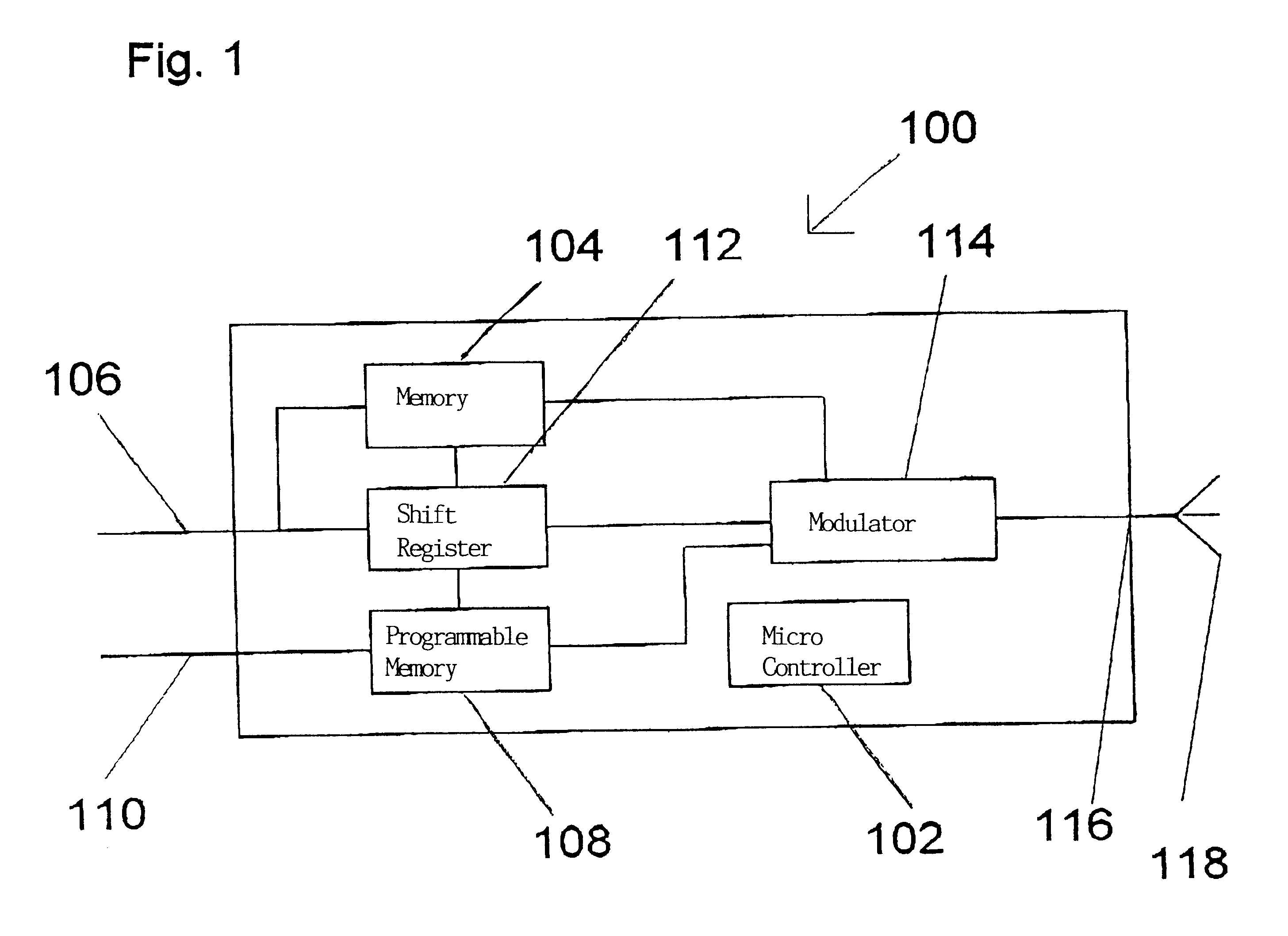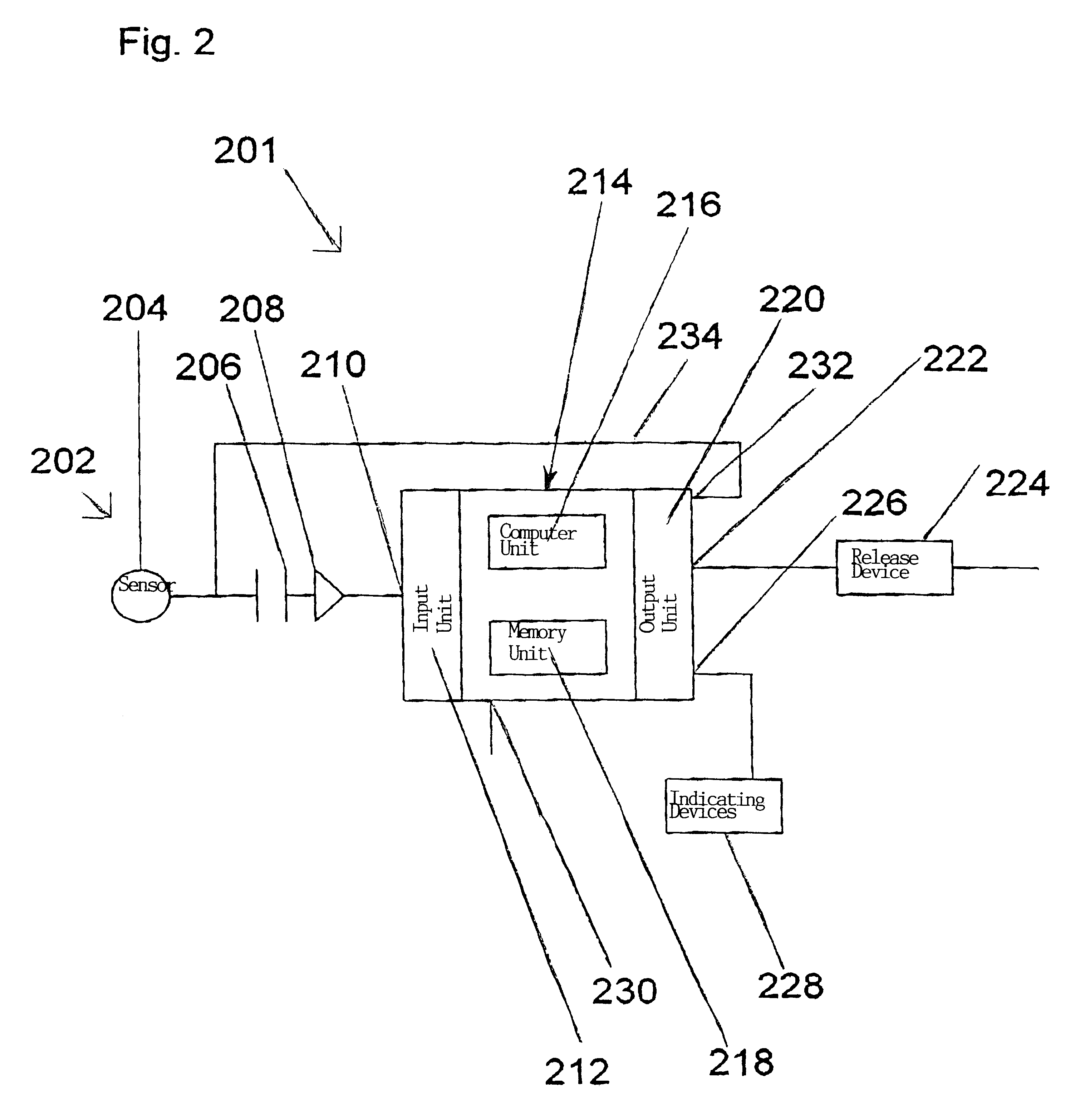Weapon safeguarding system and process
a safeguarding system and technology of weapons, applied in the field of weapons safeguarding systems, can solve the problems of unreliable safeguards that depend on devices for recording fingerprints or impressions of thumb balls, the time required for enabling weapons may be critical and short, and the lock cannot prevent unauthorized persons from using weapons
- Summary
- Abstract
- Description
- Claims
- Application Information
AI Technical Summary
Benefits of technology
Problems solved by technology
Method used
Image
Examples
Embodiment Construction
In order to implement an action-integrated identification of a user, a device is required that in the event of an action of the user, more precisely in the event of a contact with a suitable use interface, makes available required data that characterize the user with a view to identifying the user. For this purpose, use is made of an enduser apparatus which is also designated as a personal code repeater and which contains the data characterizing the user, hereinafter called user data for short. In addition to data that immediately characterize a user (e.g. by virtue of a code), the user data may also comprise further user-specific and / or application-specific data.
The end-user apparatus 100 represented in FIG. 1 is controlled by a microcontroller 102. User data which are supplied via an external data input 106 and which can be replaced by new user data via the data input 106 are stored in a memory 104. In order to store data permanently in the end-user apparatus 100, a programmable m...
PUM
 Login to View More
Login to View More Abstract
Description
Claims
Application Information
 Login to View More
Login to View More - Generate Ideas
- Intellectual Property
- Life Sciences
- Materials
- Tech Scout
- Unparalleled Data Quality
- Higher Quality Content
- 60% Fewer Hallucinations
Browse by: Latest US Patents, China's latest patents, Technical Efficacy Thesaurus, Application Domain, Technology Topic, Popular Technical Reports.
© 2025 PatSnap. All rights reserved.Legal|Privacy policy|Modern Slavery Act Transparency Statement|Sitemap|About US| Contact US: help@patsnap.com



